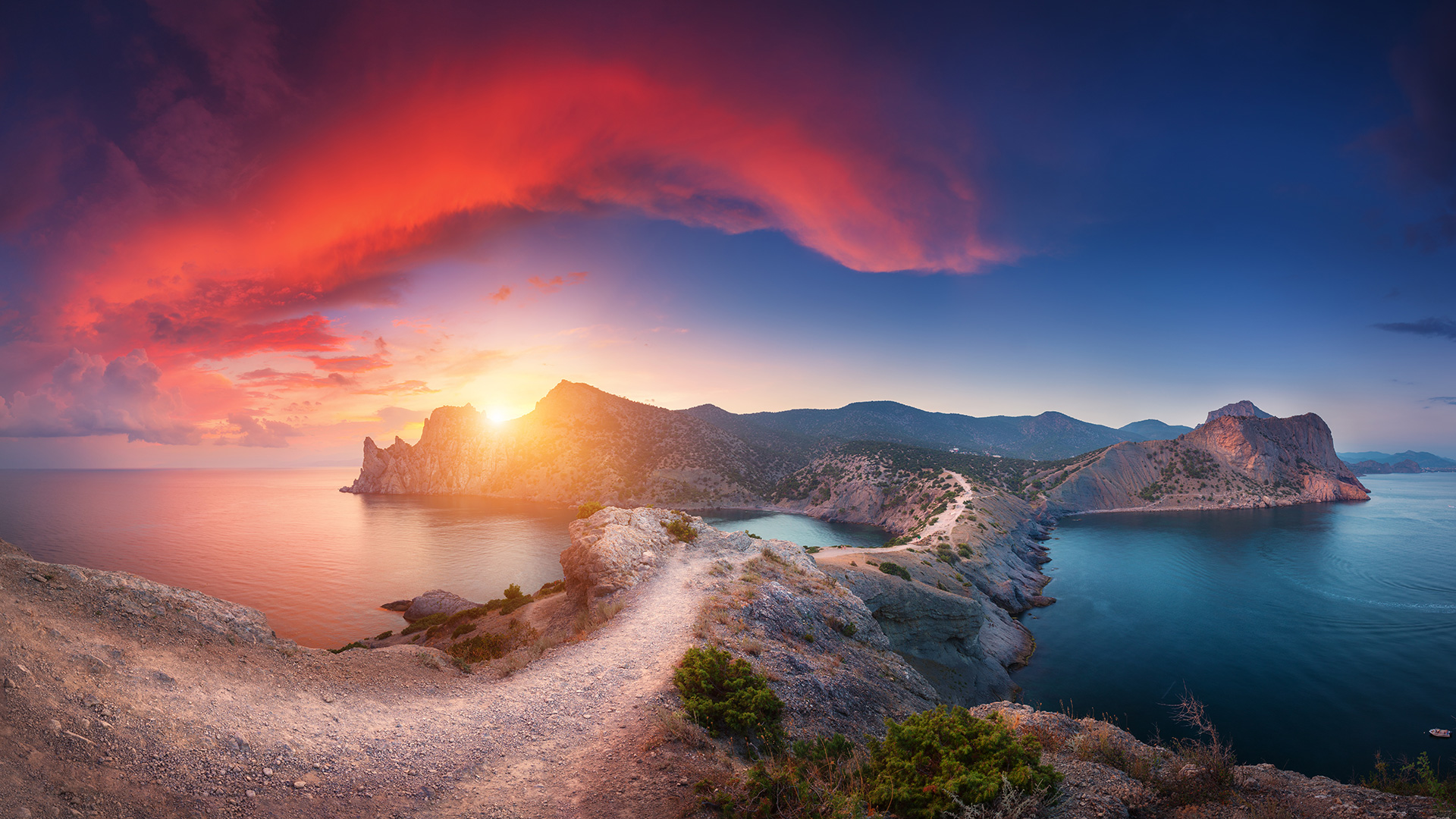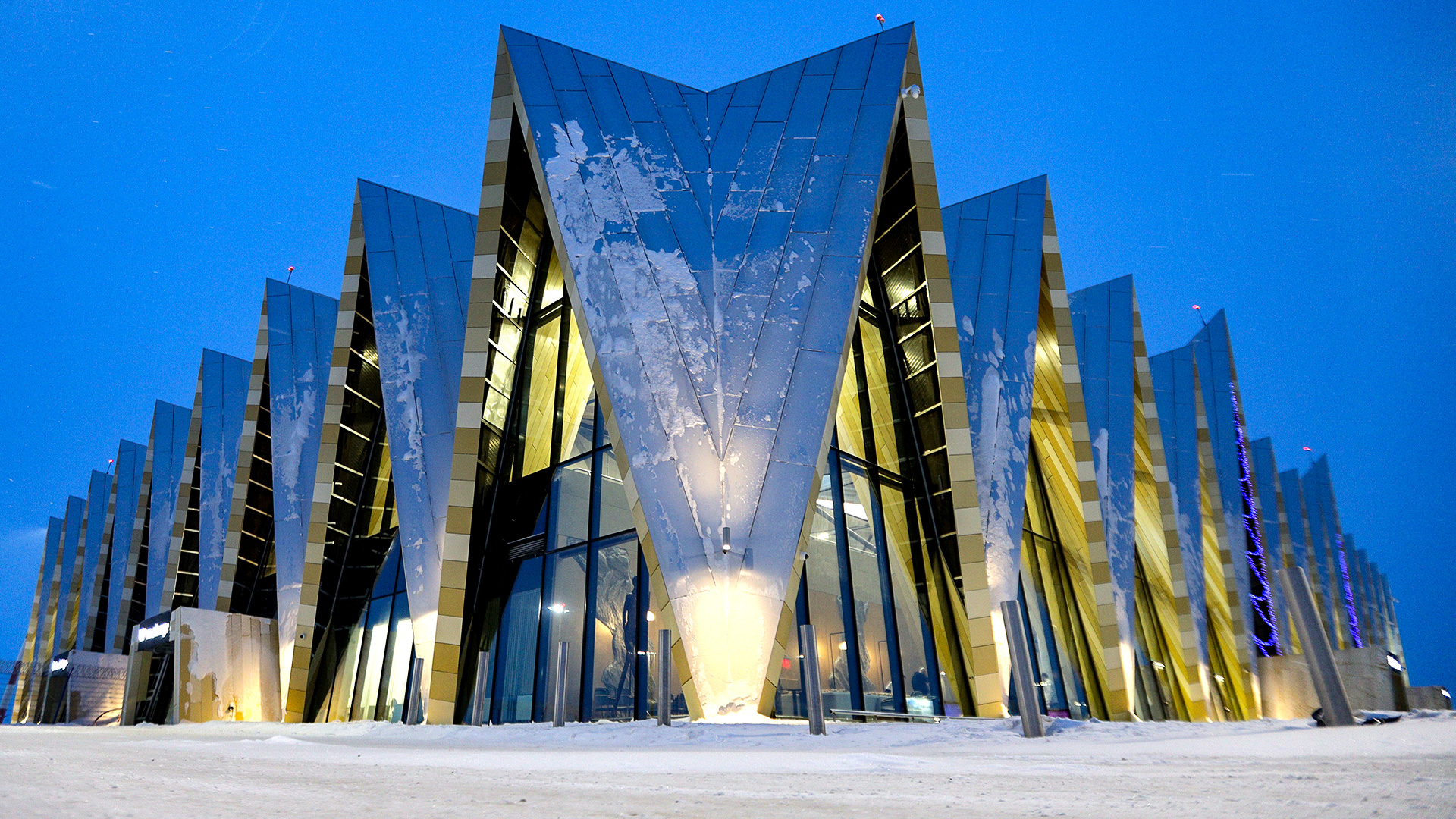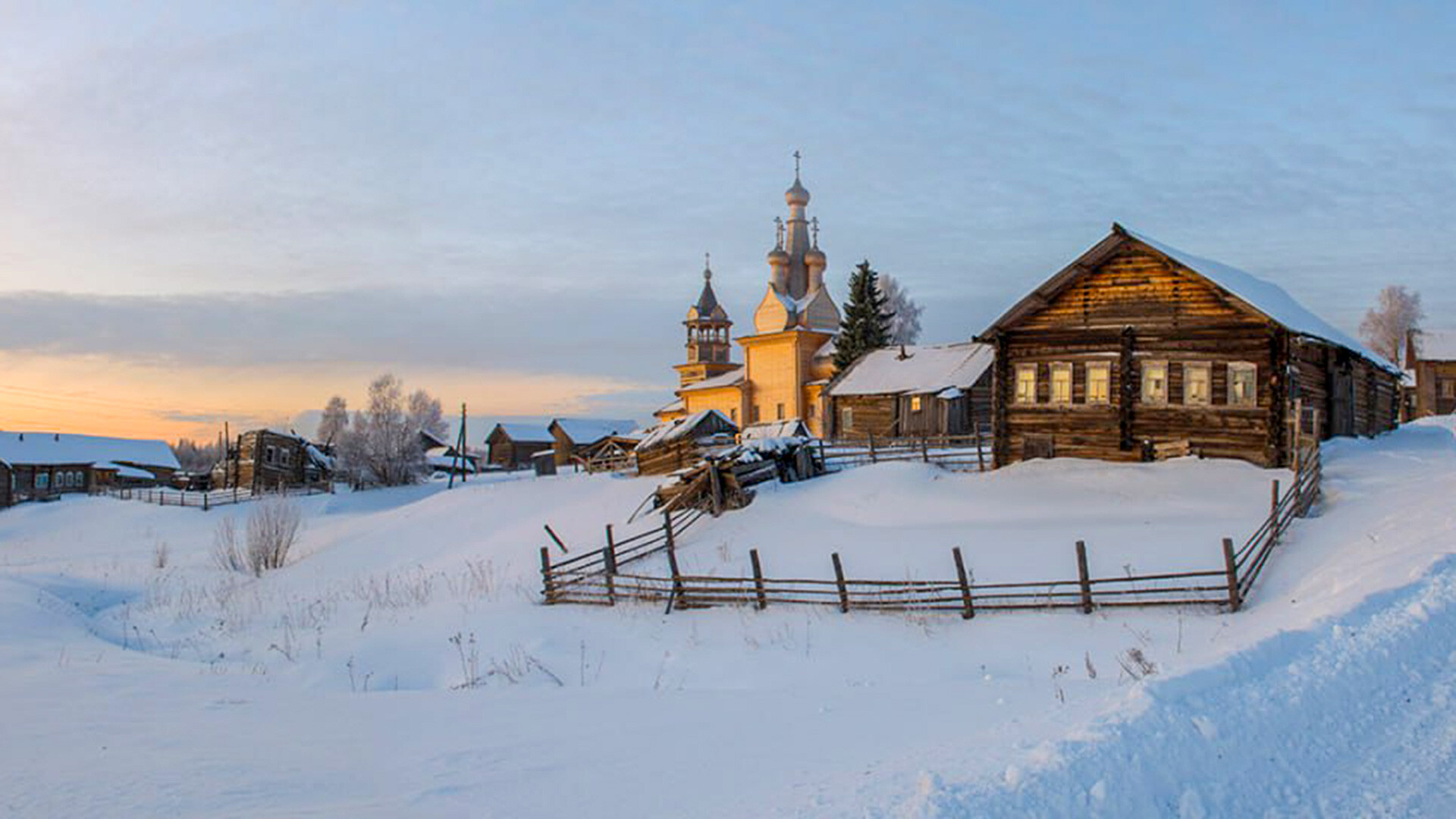
7 COLDEST cities in Russia

1. Verkhoyansk
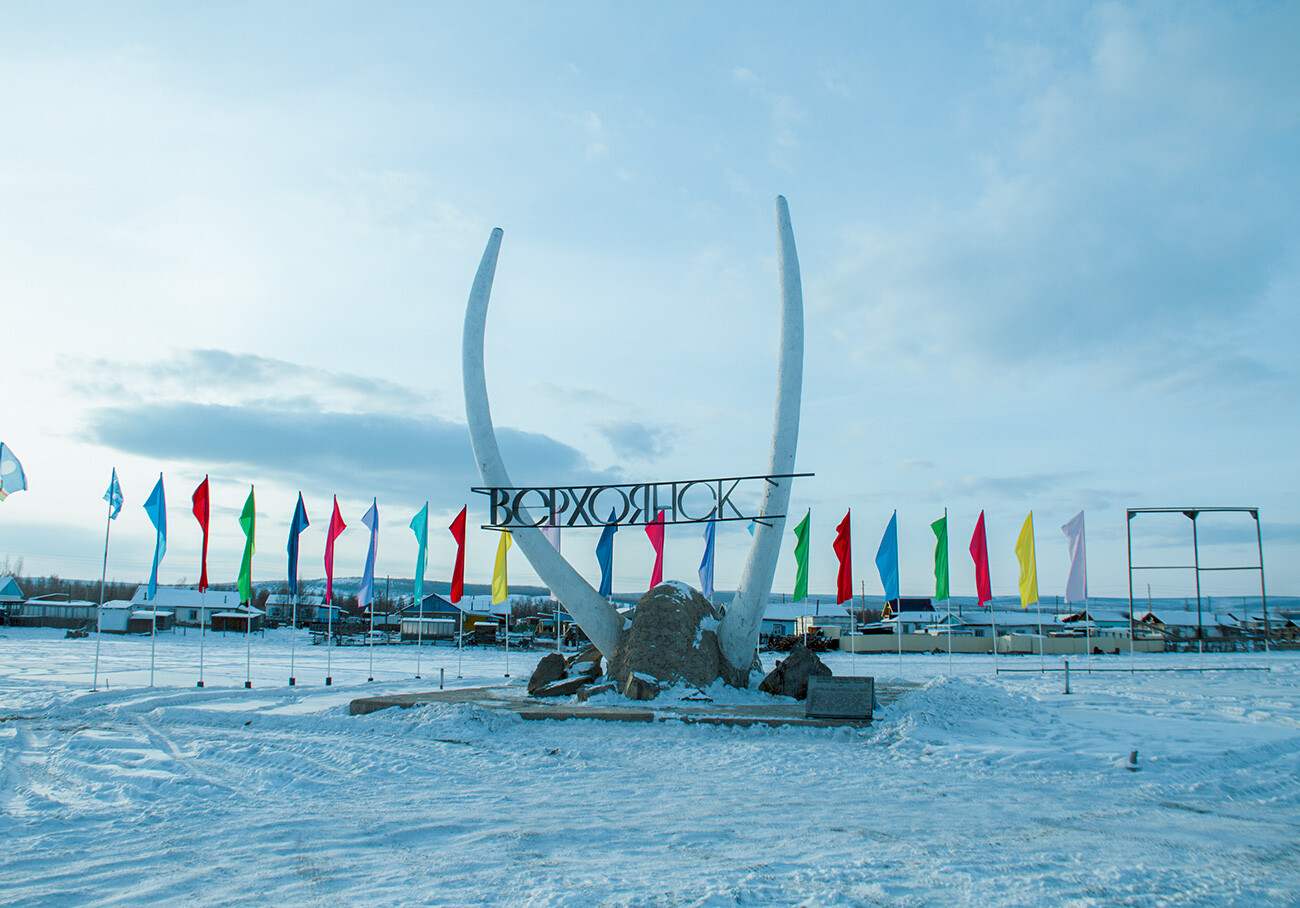
Yakutia is the coldest region in Russia, where winter temperatures are usually -40°C (-40°F) and below. But, the record holder there is Verkhoyansk, located above the Arctic Circle. A temperature of -67.7°C (-89.9°F) was recorded there and the average annual temperature is about -15°C (4.9°F).
At the same time, in 2020, there was an extreme heat wave with temperatures reaching +38°C (100.4°F).
The city itself is tiny, with a population of less than 800 inhabitants.
2. Norilsk
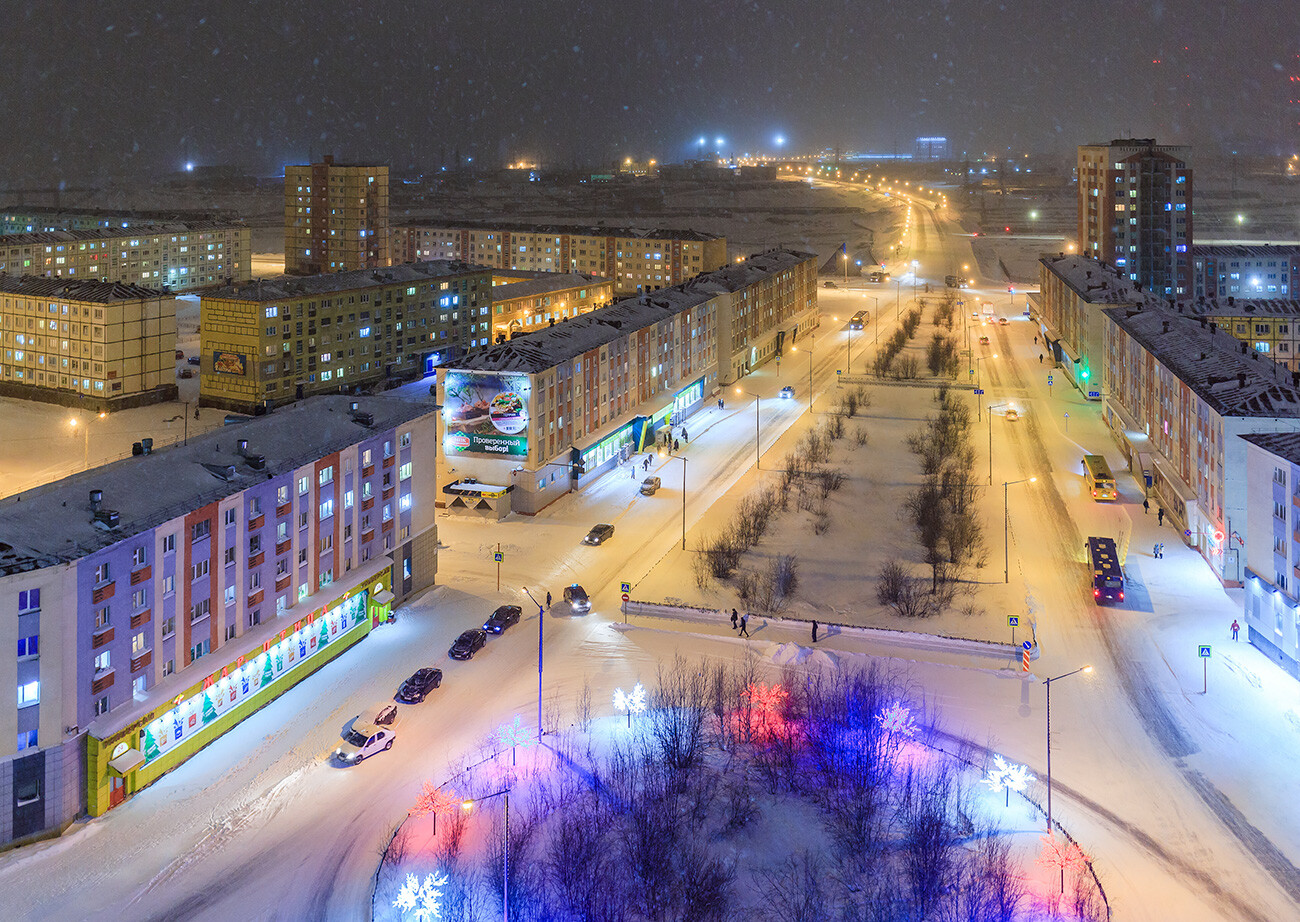
It is one of the northernmost cities in the world and one of the largest above the Arctic Circle. More than 175,000 people live and work there.
The living conditions are, as expected, very harsh. The whole point is that, in addition to snowy and long winters, strong winds blow there.
The average annual temperature is -9.6°C (14.7°F) and the frost record is -53.1°C (-63.6°F). Summer is also cool, although there are two or three weeks of truly warm summer.
3. Pevek
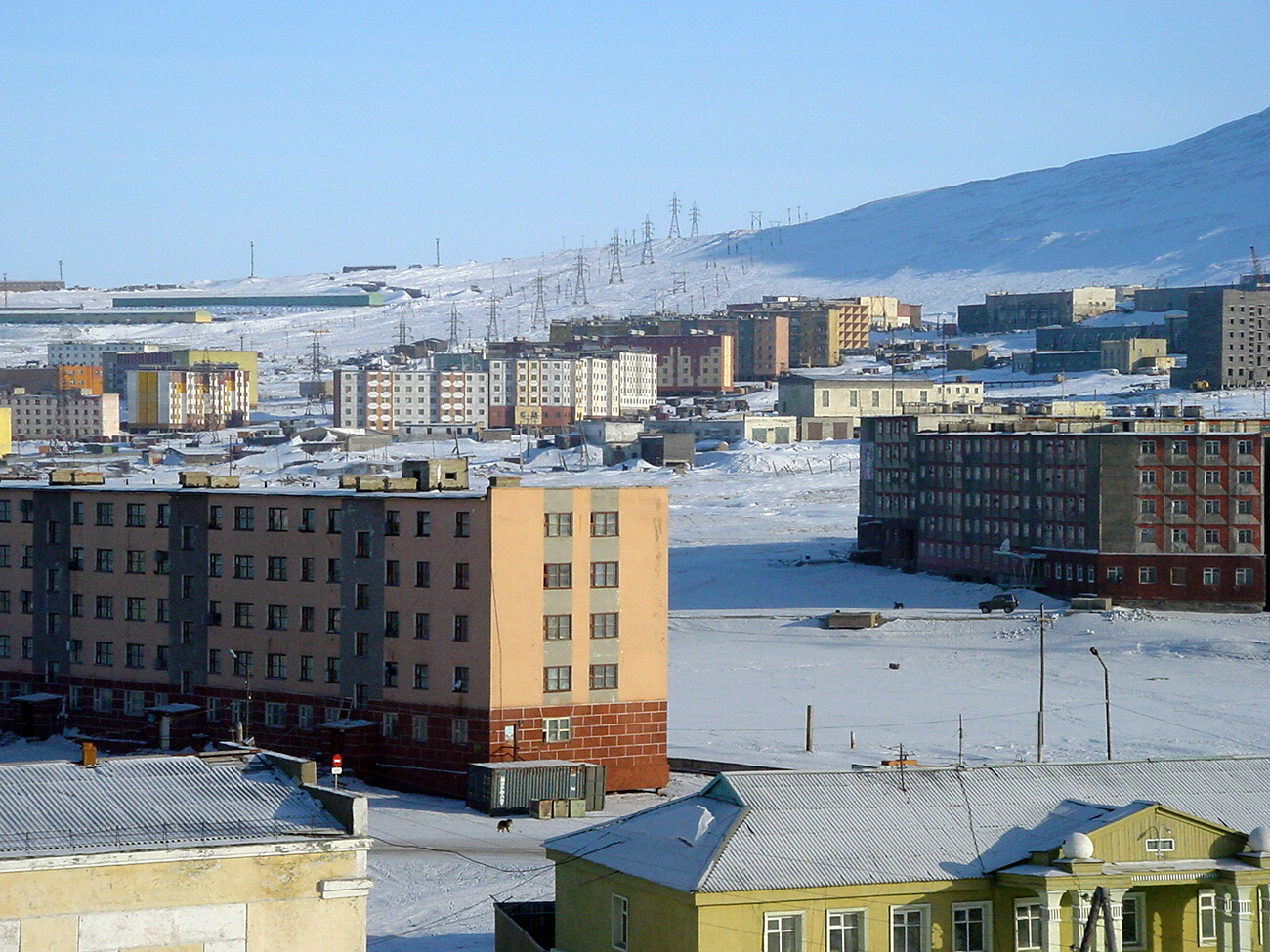
The northernmost city of Russia is located on the shore of the strait of the same name in Chukotka. Approximately 4,500 people live there. The weather is about the same as in Norilsk. In addition to cold winters, the locals get to experience one of the strongest winds called ‘yuzhak’, which can literally knock you off your feet.
4. Dudinka
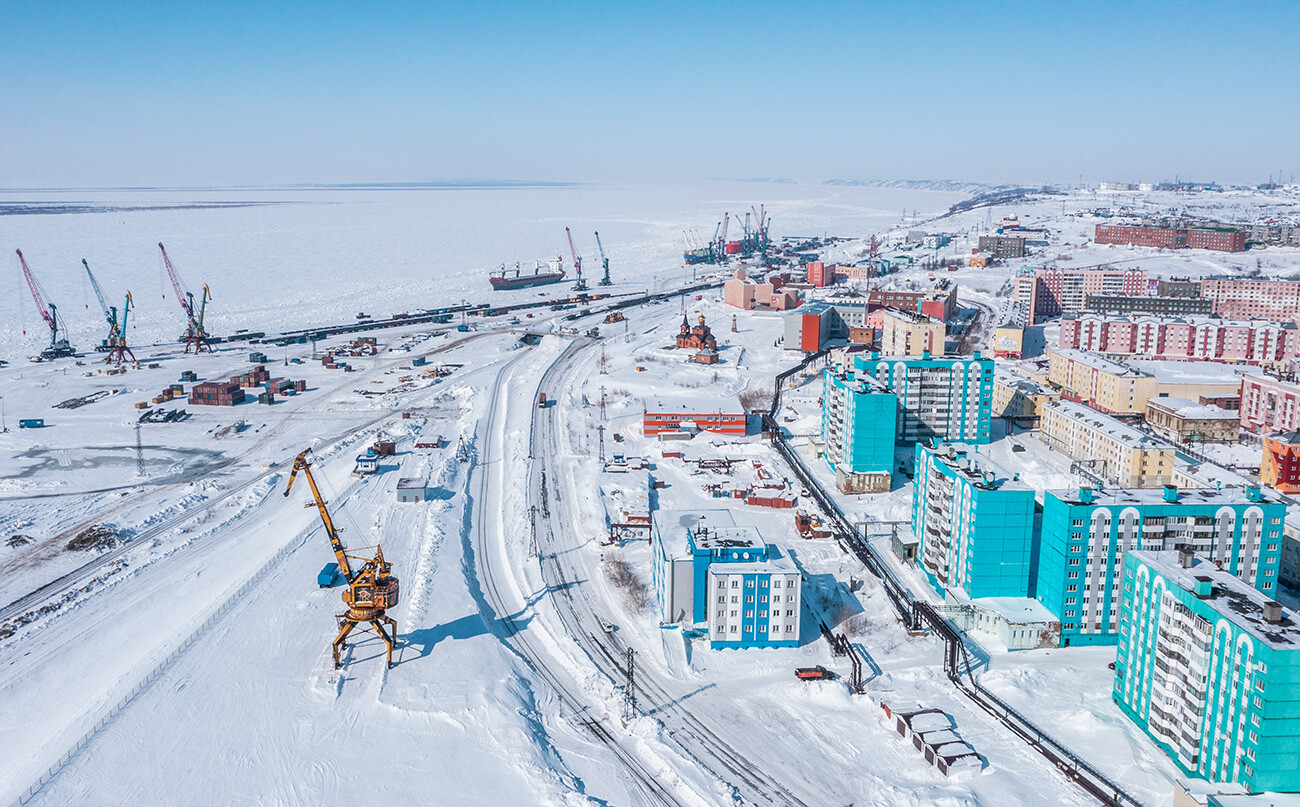
This small town on the Yenisei River (20,000 inhabitants) is home to the northernmost international seaport of Russia. It operates all year round, regardless of the weather.
It is the closest city to Norilsk, with only 90 kilometers between them. And winter is just as long and cold, but the temperature record is slightly lower at -56.1°C (-69°F).
5. Yakutsk
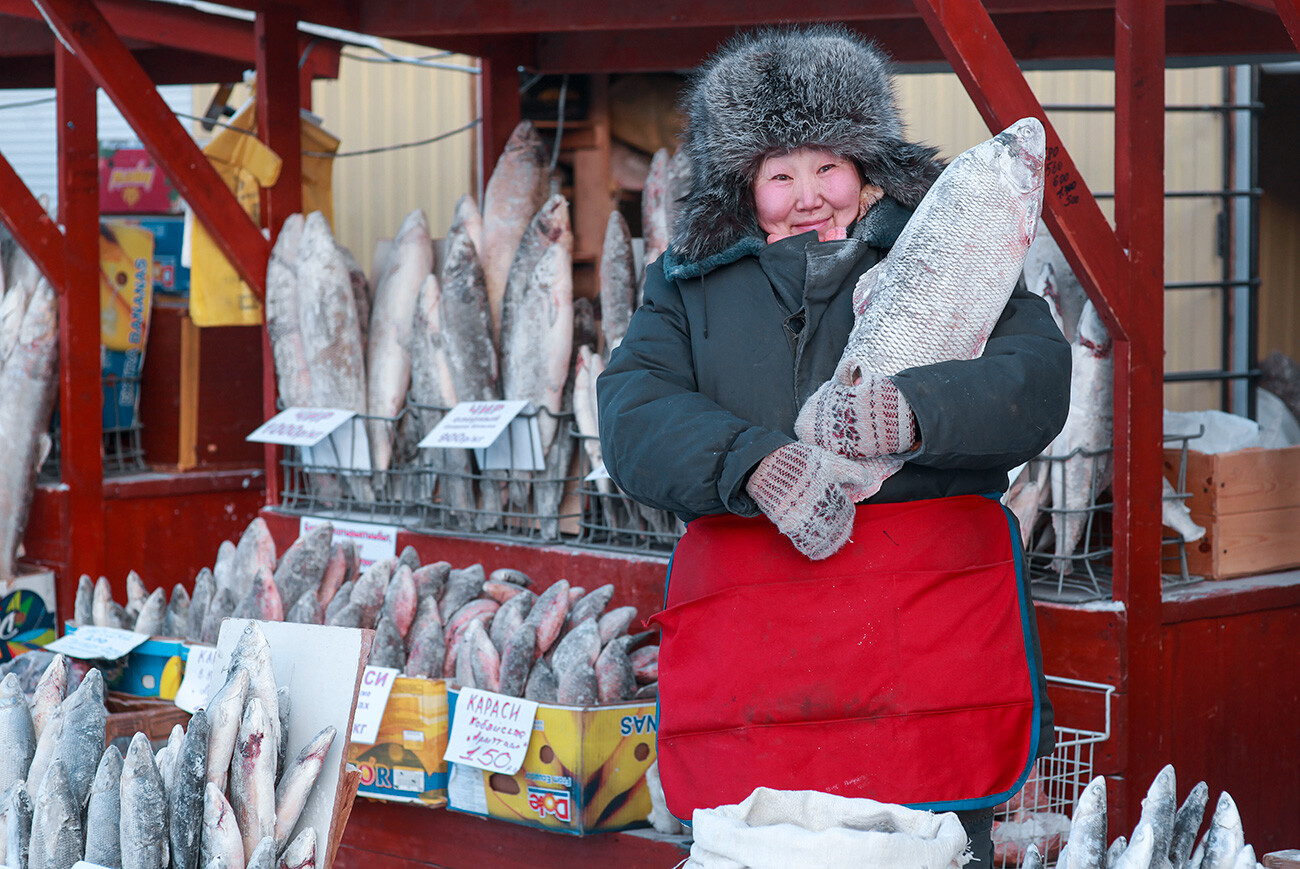
The capital of Yakutia is built on permafrost. More than 380,000 people live there and the city is still growing. The climate is sharply continental: in winter, it is often -50°C (-58°F) and lower, while, in summer, it can be as hot as +30°C (86°F). In winter, besides frosts, thick fog often descends on the city.
6. Salekhard

This is the only city in the world through which the line of the Arctic Circle (66°32′) passes. Winters there are long, with snow for roughly 200 days a year. The temperature frequently drops below -30°C (-22°F) and sometimes even reaches -50°C (-58°F). There are no hazardous industries there, with most of the inhabitants engaged in ordinary work in offices, schools, stores and also developing tourism.
7. Vorkuta
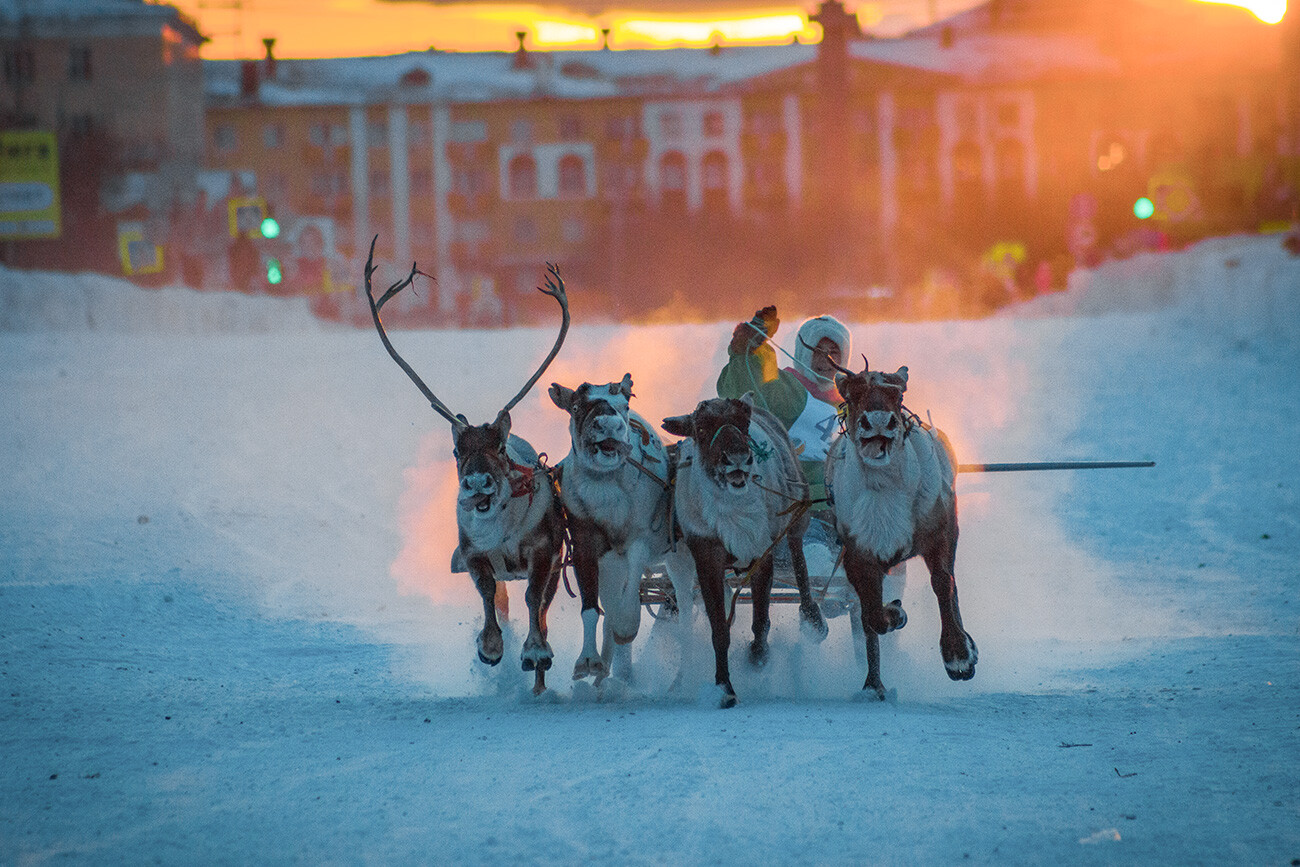
The easternmost city in Europe and the fourth largest city above the Arctic Circle (over 50,000 inhabitants) is known as a place where coal is mined. Winter lasts about eight months and frosts can even occur in summer. Although the average annual temperature there is -5.3°C (22.5°F), frosts below -50°C (-58°F) have been recorded in Vorkuta.


